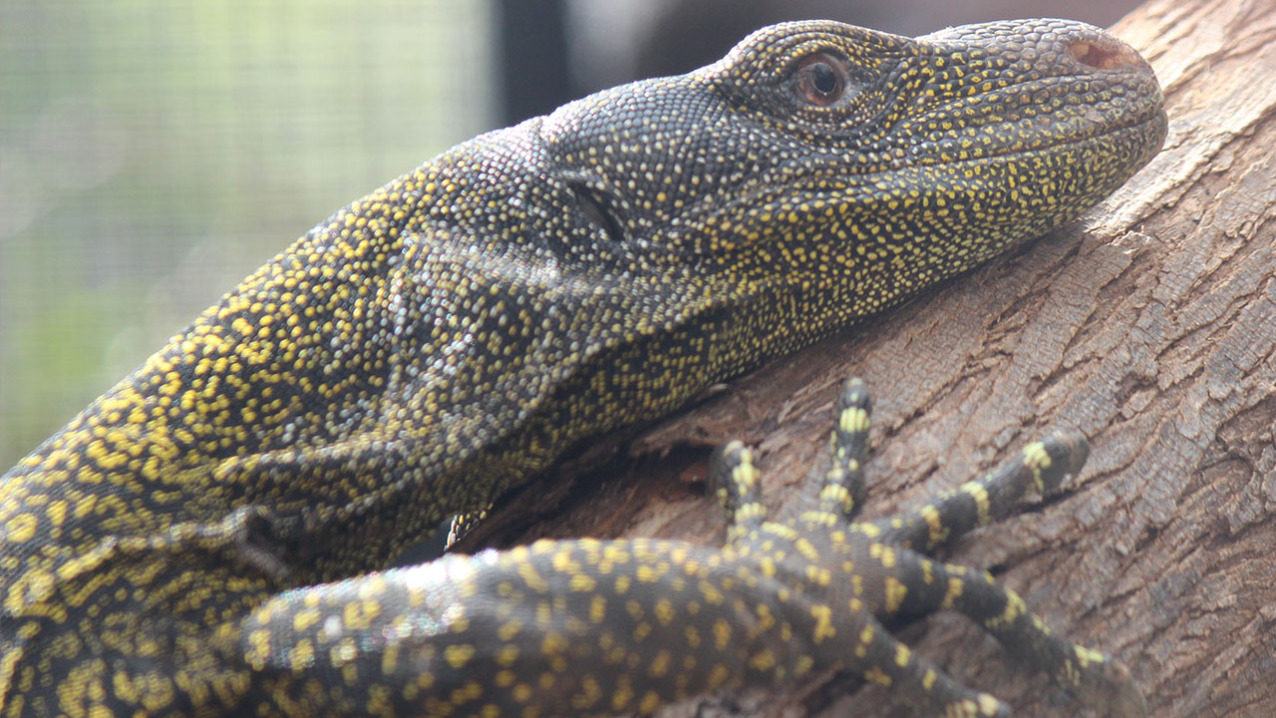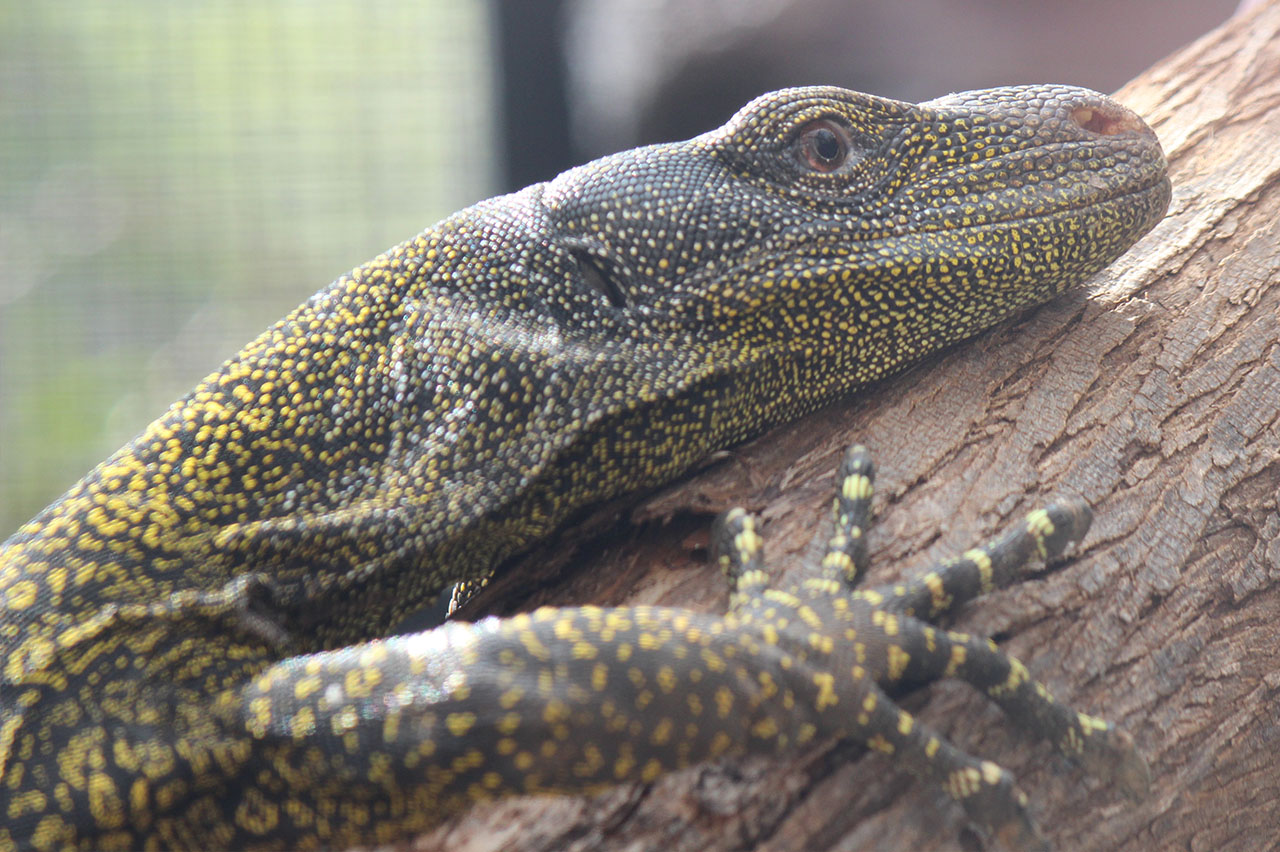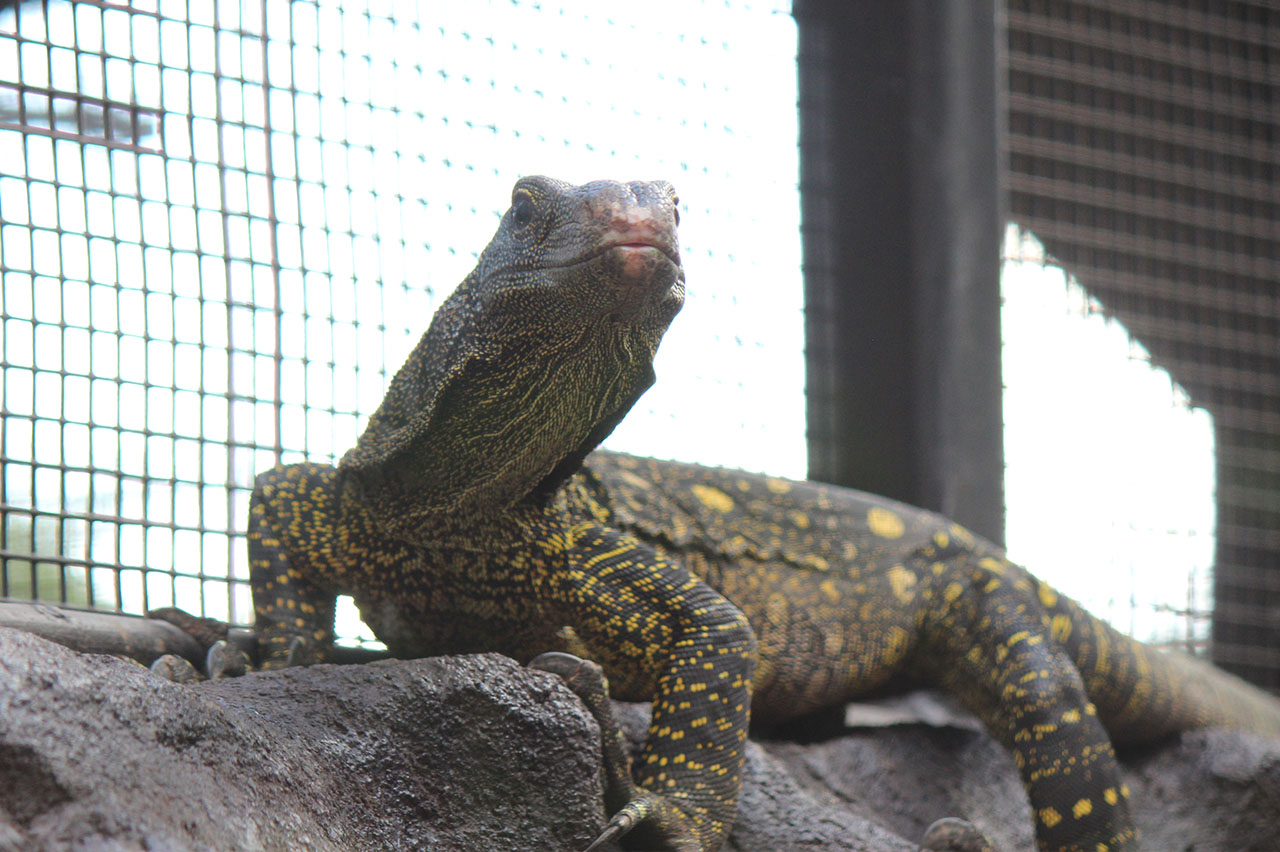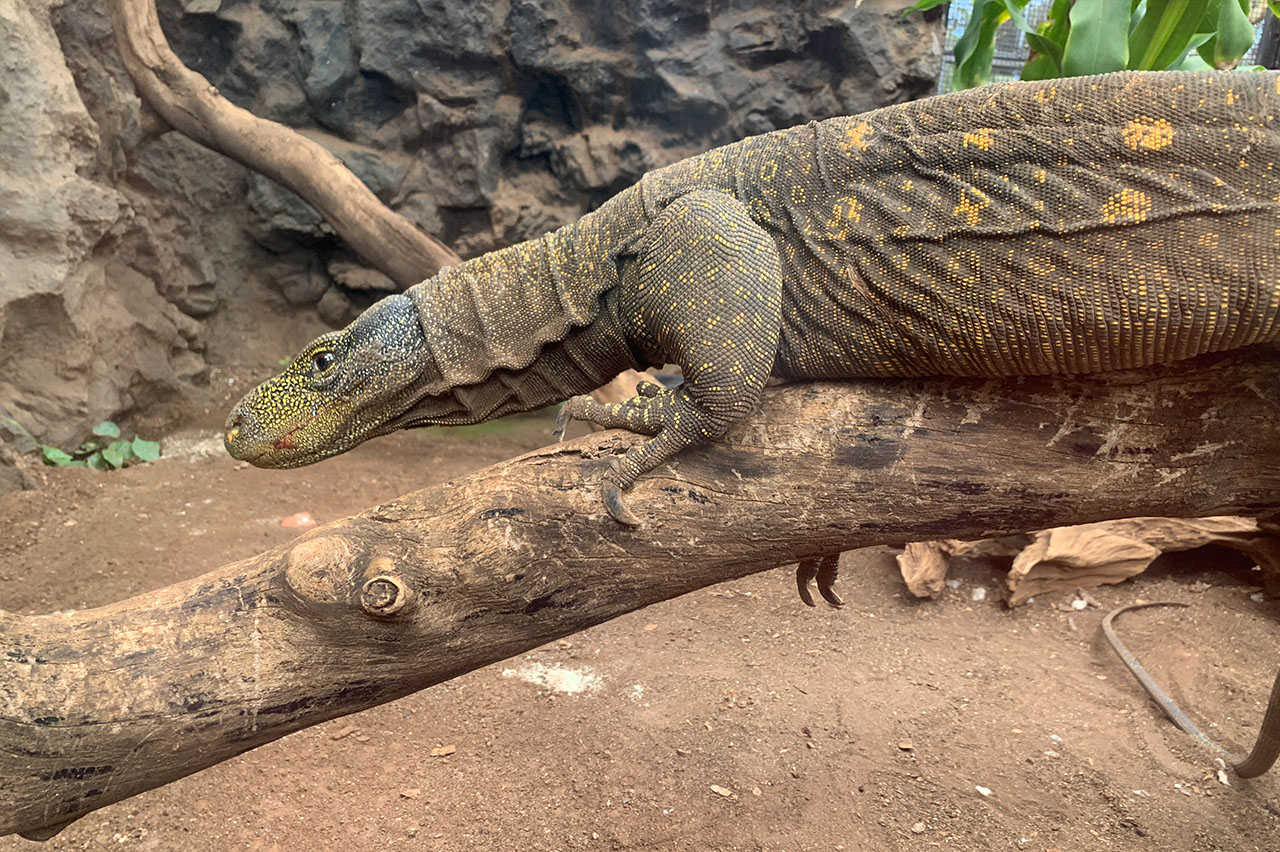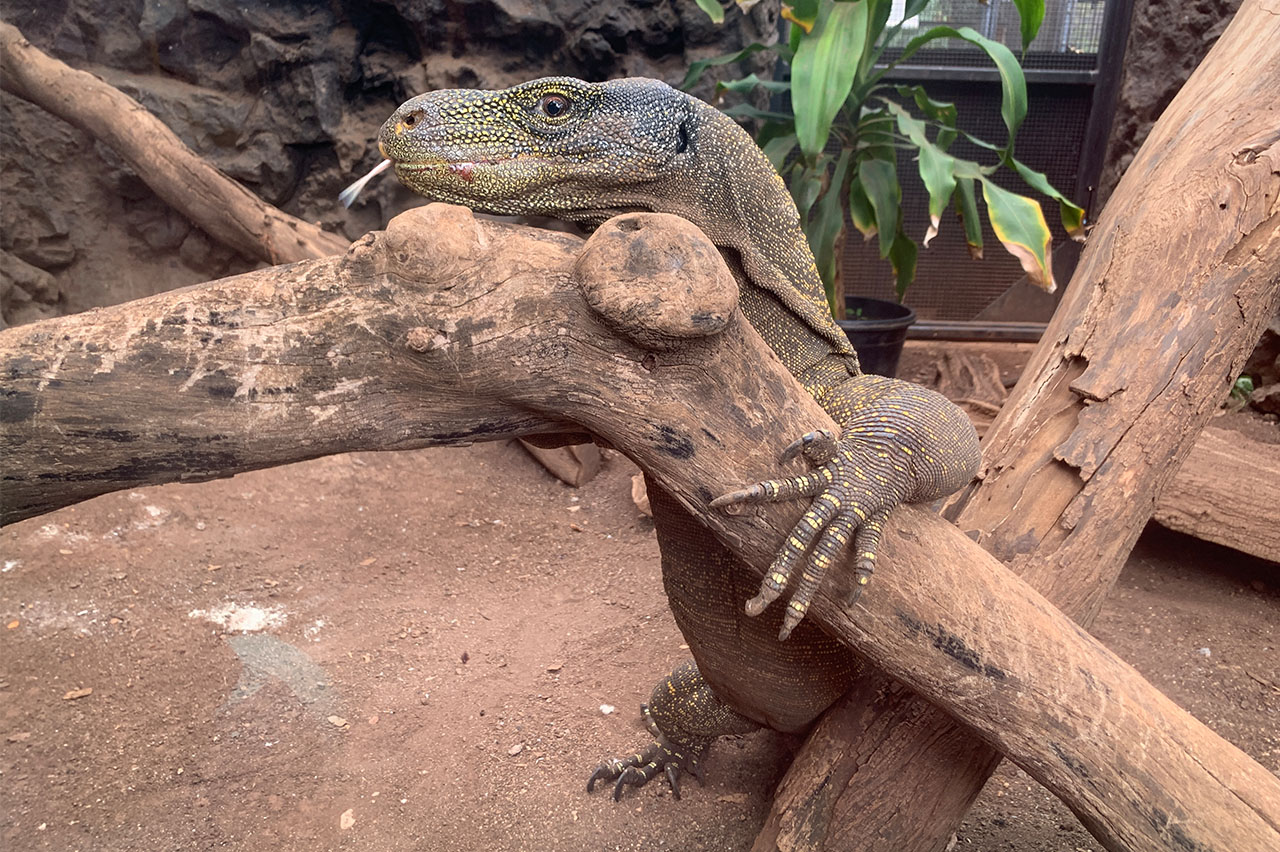Varanus salvadorii
Crocodile Monitor
About Me
Crocodile Monitor also known as the Papuan monitor or the Salvadori’s monitor is the longest lizard in the world. They can grow up to 10 feet in length or more with their tail making up more than half their body length. Members of this species are a blackish-green color with many yellow spots and stripes, with males tending to be larger than females. Most species of Monitor lizards have curved teeth, but Crocodile monitors have flat straight teeth similar to crocodiles hence the name. Unlike other Monitor Lizards, Crocodile Monitors are great climbers and have extremely sharp hooked claws to help them. Their claws combined with their long tail make them well-adapted for living in the trees.
Crocodile Monitor also known as the Papuan monitor or the Salvadori’s monitor is the longest lizard in the world. They can grow up to 10 feet in length or more with their tail making up more than half their body length. Members of this species are a blackish-green color with many yellow spots and stripes, with males tending to be larger than females. Most species of Monitor lizards have curved teeth, but Crocodile monitors have flat straight teeth similar to crocodiles hence the name. Unlike other Monitor Lizards, Crocodile Monitors are great climbers and have extremely sharp hooked claws to help them. Their claws combined with their long tail make them well-adapted for living in the trees.
Crocodile Monitors are carnivores and tend to eat smaller animals compared to other large lizard species. In the wild, they would feed on small mammals, birds, and eggs and possibly other food sources such as carrion and fish. Here at the Honolulu Zoo, they are fed rats, mice, fish, chicks, and eggs.
Crocodile Monitors are found exclusively on the island of Papua New Guinea in the canopies of forests. They are an arboreal species meaning that they live most of their lives in trees.
Crocodile Monitors live in the canopies of forests and can sometimes be found near or submerged in bodies of water. The Crocodile Monitors’ main form of defense is using its tail as a whip to discourage any predators or threats.
Due to their arboreal lifestyle and fragmented population, not much is known about their reproductive behavior or their juvenile life cycle. Because of this Zoos play a critical role in understanding this species so future conservation efforts can be made.
The IUCN has listed this species as least concerned. Current threats to this species are habitat fragmentation and deforestation along with local hunting for food and other products.
The Honolulu Zoo is one of the few Zoos that has successfully bred Crocodile Monitors. We have reared over 20 infants and most of them have been sent to other Zoos in hopes of them starting their own families. Our Crocodile Monitors are quite the sight to behold, if you’re lucky you may be able to see them climb upside down from the roof of their habitat or use their tails to pick locks from their enrichment.
Other Reptiles
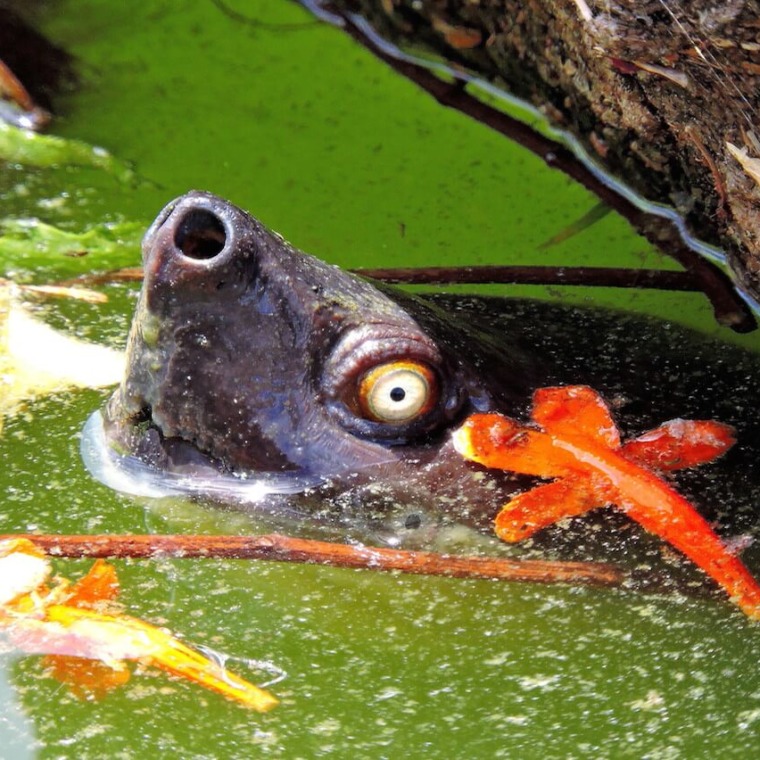
The last populations of Tutong are found in India, Indonesia, Bangaladesh, and Malaysia. It is extinct in its former range of Thailand, Myanmar, Vietnam, and Singapore.
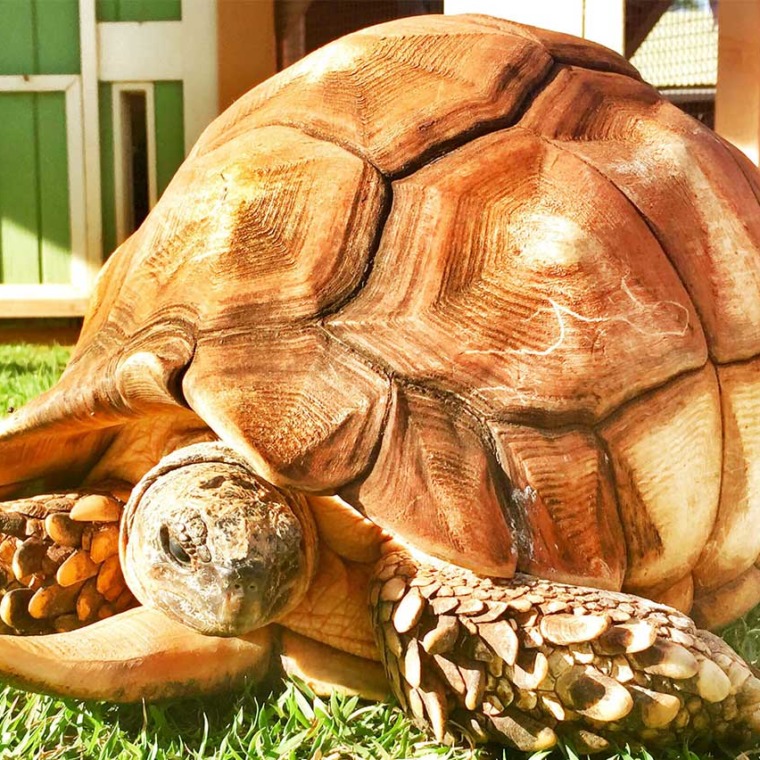
Inactive during cool, dry season (May to October). Does not dig burrows. Seeks protection in thickets and seeks shelter in surface litter. Forages during morning and late afternoon.
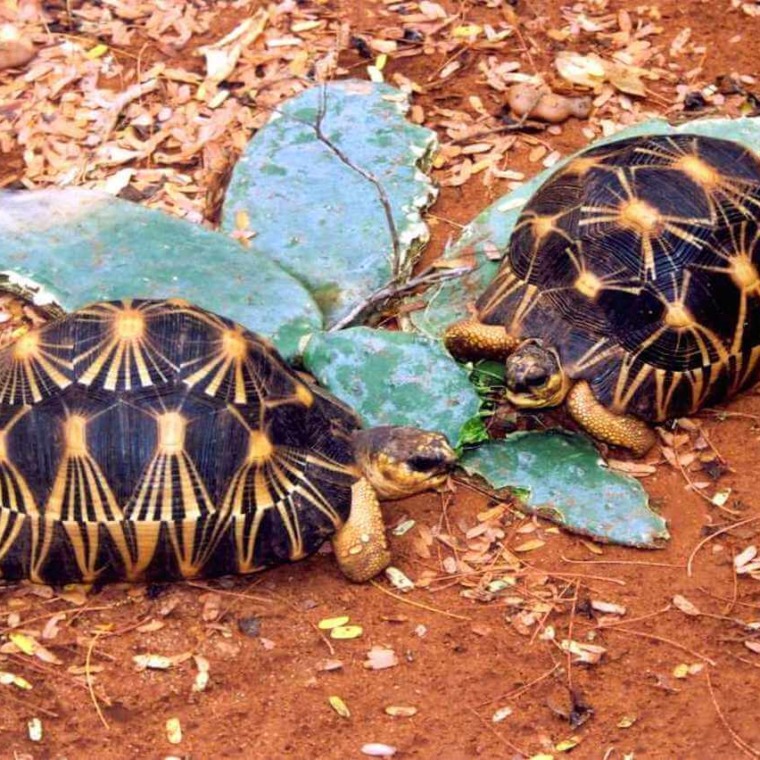
In the wild, this reptile is relegated to the extreme south and south-western portions of Madagascar. In recent times, they have also been introduced to the nearby island of Reunion.
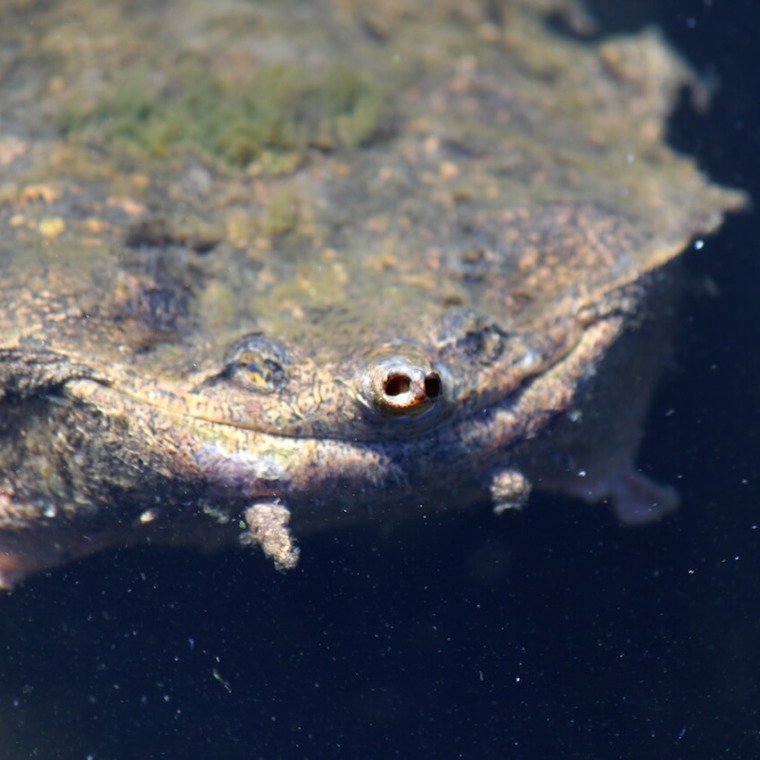
This species inhabits stagnant pools in Brazil and the Guianas and also in parts of the Amazon River and in Trinidad.
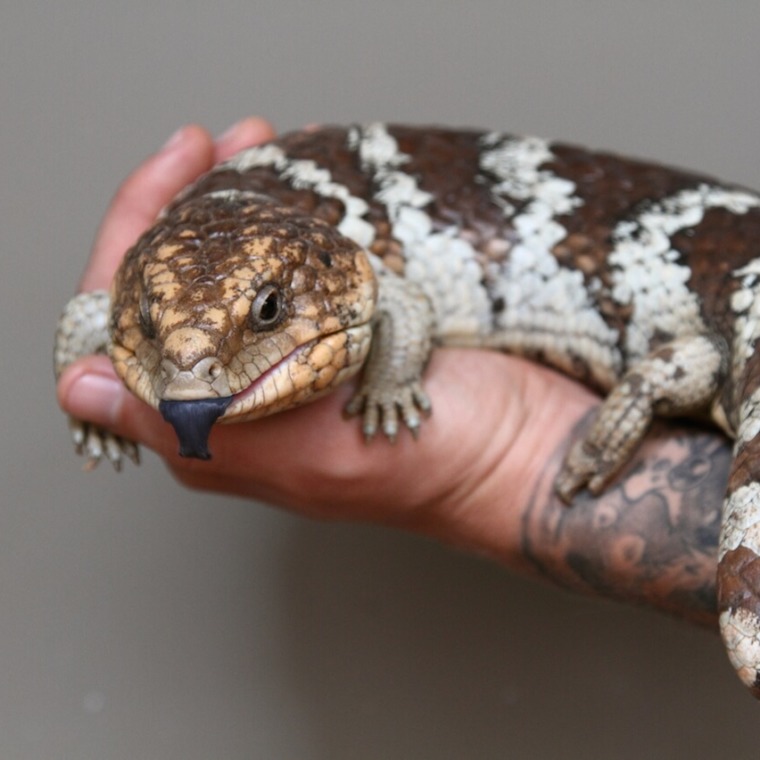
The Shingleback skink is found in southern and western Australia, in desert grassland areas or sandy dunes. Skinks are shy and secretive and seldom stray far from their shelter.


